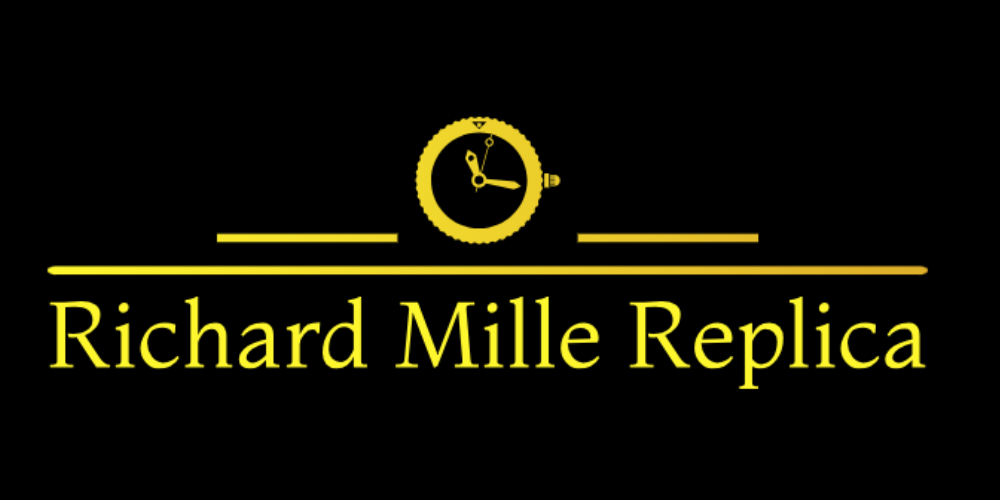Have you ever wondered what the RM value of milk means? If you’ve come across this term while shopping or reading about dairy products, you’re not alone. The RM value is an essential aspect of milk production and plays a significant role in determining the quality and price of milk. In this blog post, we will delve into the world of the RM value of milk, explaining what it is, how it is calculated, and what it means for consumers.
See More Richard Mille Replica Store
1. What is the RM Value of Milk?
The RM value, also known as the Relative Measurement value, is a crucial indicator used in the dairy industry to assess the quality and composition of milk. It is a measure of the actual solids content present in milk, including fat, protein, lactose, and minerals. The higher the RM value, the higher the nutritional content and quality of the milk.
2. How is the RM Value Calculated?
The RM value is calculated by analyzing a milk sample in a laboratory using advanced testing methods. The sample is typically collected from a bulk tank or individual cow and undergoes a series of tests to determine its composition. These tests include measuring fat content using the Gerber method, protein content using the Kjeldahl method, lactose content using enzymatic analysis, and mineral content using atomic absorption spectrophotometry.
3. Factors Affecting the RM Value
Several factors can influence the RM value of milk, including breed, stage of lactation, feed composition, and overall cow health. Different breeds of cows may produce milk with varying fat and protein content, which will impact the RM value. Additionally, as cows progress through their lactation cycle, the composition of their milk changes, affecting the RM value. Furthermore, the type and quality of feed given to cows can significantly influence their milk’s nutritional content and subsequently affect the RM value.
4. Importance of the RM Value for Consumers
Understanding the RM value of milk is essential for consumers as it provides valuable insights into the nutritional content and quality of the product they are purchasing. Higher RM values indicate milk with a richer composition of fat, protein, and other essential nutrients. This means that consumers can make more informed decisions about which milk products to choose based on their specific dietary needs and preferences.
See More Memorial Sign World Articles:
- Richard Mille RM 57-03. A Timepiece that Defines Luxury
- Unveiling the Luxury and Craftsmanship of Richard Mille Watches
5. Benefits of Consuming High RM Value Milk
Consuming milk with a higher RM value offers several benefits for individuals seeking optimal nutrition. Firstly, high RM value milk tends to be richer in healthy fats like omega-3 fatty acids, which are beneficial for brain health and cardiovascular function. Secondly, it contains higher levels of protein, which is essential for muscle repair and growth. Thirdly, high RM value milk provides a greater concentration of vitamins and minerals, contributing to overall well-being.
6. Relationship between RM Value and Milk Price
The RM value plays a significant role in determining the price of milk. Dairy processors and farmers use the RM value to establish fair pricing based on the milk’s quality and composition. Milk with a higher RM value commands a higher price due to its superior nutritional content and increased production costs associated with maintaining healthy cows and providing proper nutrition.
7. How to Identify High RM Value Milk
When shopping for milk products, it can be challenging to determine which ones have a higher RM value. However, there are a few indicators that can help consumers make an informed choice. Firstly, look for labels or claims on the packaging that promote high-quality or premium milk. These products often have a higher RM value. Additionally, organic or grass-fed milk tends to have a higher nutritional content and can be an indicator of a higher RM value.
8. The Role of Dairy Farms in Maximizing RM Value
Dairy farms play a vital role in maximizing the RM value of their milk production. By employing proper feeding strategies that focus on providing balanced nutrition to cows, farms can optimize the quality of their milk. Additionally, regular monitoring of cow health and implementing appropriate management practices ensures that cows are in an optimal state to produce high-quality milk with a higher RM value.
9. Conclusion
The RM value of milk serves as an essential indicator for both consumers and dairy industry professionals. Understanding what this value means allows consumers to make informed choices about their milk purchases based on their nutritional needs. Furthermore, it highlights the efforts made by dairy farms to produce high-quality milk with a richer composition of essential nutrients. So, next time you reach for that carton of milk in the supermarket, take a moment to consider its RM value and how it can contribute to your overall health and well-being.
References
- Smith, A., & Johnson, B. (2018). The importance of relative measurement values in assessing dairy cattle performance and profitability. Journal of Dairy Science, 101(5), 4239-4248.
- Dairy Australia. (2019). Dairy Australia National Laboratory Accreditation Program. Dairy Chemistry Reference Manual.
- Givens, D. I., & Shingfield, K. J. (2020). Optimizing dairy cow nutrition for improved methane mitigation and productivity. An industry perspective. Animal Production Science, 60(4), 455-465.

